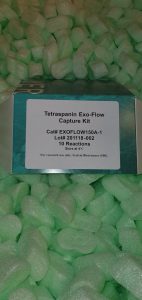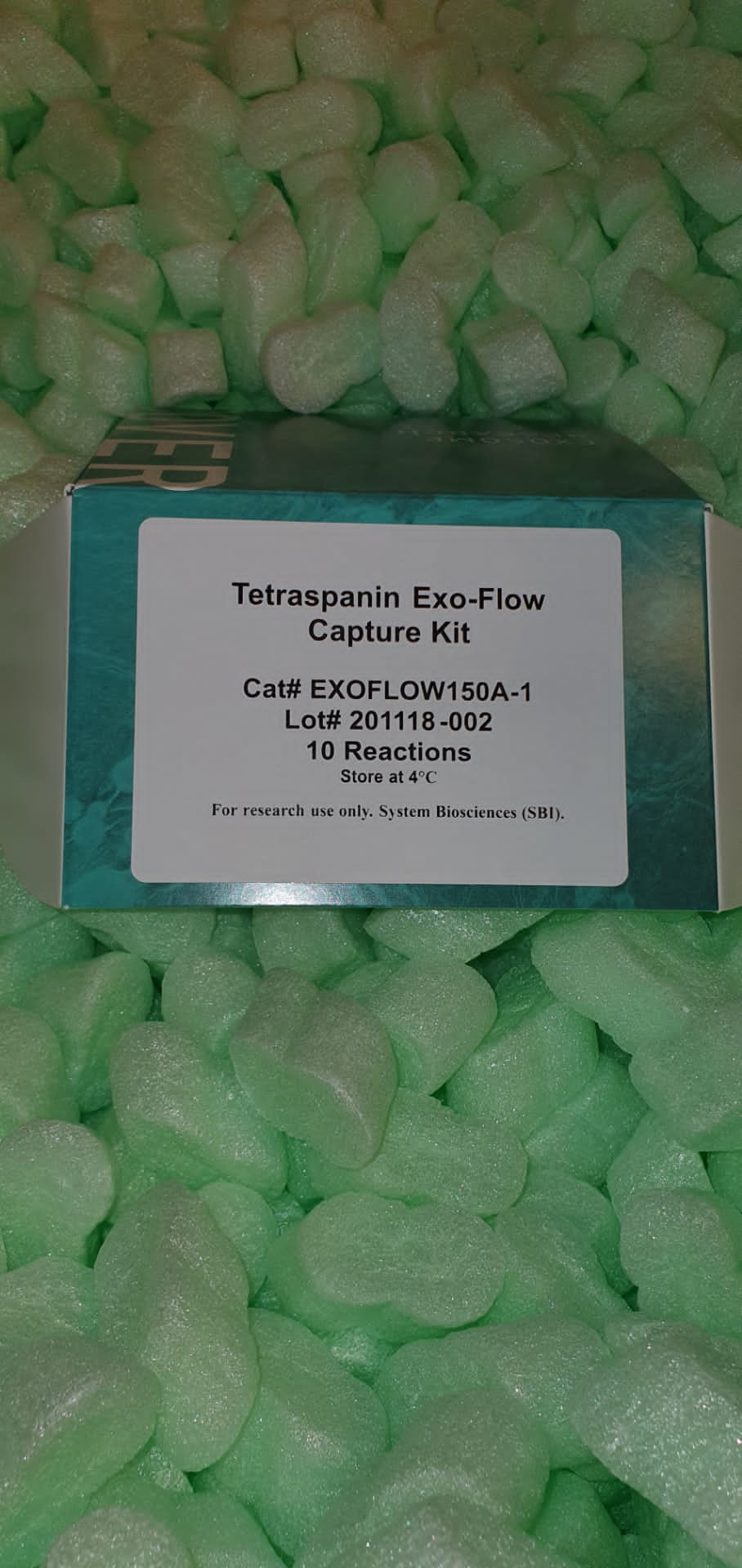Bioenergetic science began within the eighteenth century with the pioneer works by Joseph Priestley and Antoine de Lavoisier on photosynthesis and respiration, respectively. New developments have been carried out by Pasteur within the 1860s with the outline of fermentations related to microorganisms, additional documented by Buchner brothers who found that fermentations additionally occurred in cell extracts within the absence of residing cells. At first of the 20 th century, Harden and Younger demonstrated that orthophosphate and different heat-resistant compounds (cozymase), later recognized as NAD, ADP, and steel ions, have been obligatory within the fermentation of glucose.
The complete glycolysis pathway has been detailed within the 1940s with the contributions of Embden, Meyeroff, Parnas, and Warburg, amongst others.Research on the citric acid cycle began in 1910 (Thunberg) and have been elucidated by Krebs et al. within the 1940s.Mitochondrial bioenergetics gained emphasis within the late 1940s and 1950s with the works of Lehninger, Racker, Probability, Boyer, Ernster, and Slater, amongst others. The prevalent “chemical coupling speculation” of vitality conservation in oxidative phosphorylation was challenged and changed by the “chemiosmotic speculation” initially formulated within the 1960s by Mitchell and later substantiated and prolonged to vitality conservation in micro organism and chloroplasts, in addition to mitochondria, with clear-cut identification of molecular proton pumps.
After identification of most reactive mechanisms, emphasis has been directed to construction decision of molecular advanced clusters, e. g., cytochrome c oxidase, advanced III, advanced II, ATP synthase, photosystem I, photosynthetic water-splitting heart, and vitality amassing antennae of a number of photosynthetic programs.Trendy tendencies concern to the reactivity of radical and different lively species in affiliation with bioenergetic actions. A promising pattern concentrates on the cell redox standing quantified by way of redox potentials.Regardless of important growth and advances of bioenergetic information, main points stay primarily associated with poor experimental designs not consultant of the actual native cell situations. Due to this fact, a serious effort needs to be carried out concerning direct observations in situ.
Direct Demonstration of a Progress-Induced Water Potential Gradient.
When transpiration is negligible, water potentials in rising tissues are lower than these in mature tissues and have been predicted to kind gradients that transfer water into the enlarging cells. To find out immediately whether or not the gradients exist, we measured water potentials alongside the radius of stems of intact soybean (Glycine max [L.] Merr.) seedlings rising in vermiculite in a water-saturated environment.
The measurements have been made in particular person cells by first figuring out the turgor with a miniature stress probe, then figuring out the osmotic potential of answer from the identical cell, and eventually summing the 2 potentials. The osmotic potentials have been corrected for pattern mixing within the probe. The measurements have been checked with a thermocouple psychrometer that gave common tissue water potentials. Within the elongating area, the water potential was highest close to the xylem and lowest close to the dermis and within the heart of the pith. Within the basal, extra mature area of the identical stems, water potentials have been close to zero subsequent to the xylem and all through the tissue.
These basal potentials mirrored largely the potential of the xylem, which prolonged into the elongating tissues. Thus, the excessive basal potential confirmed the excessive potential close to the xylem within the elongating tissues. The psychrometer measurements for every tissue gave common potentials that agreed with the typical of the cell potentials from the stress probe. We conclude {that a} radial gradient was current within the elongating area that fashioned a water potential subject in three dimensions across the xylem and that confirmed the predictions of Molz and Boyer
Reprint of “Spatial modeling of Cutaneous Leishmaniasis in Iran from 1983 to 2013”.
Cutaneous Leshmaniasis (CL), a parasitic pores and skin an infection attributable to Leishmania species, is endemic in some areas of Iran. On this examine, the impact of location on the incidence and distribution of CL in Iran was studied.
We collected datas together with the variety of Cutaneous Leishmaniasis instances and populations at-risk of illness in Iran’s completely different provinces reported by the Iranian ministry of well being and the Nationwide Bureau of Statistics, respectively. Spatial modeling was carried out utilizing Arc GIS software program. Descriptive maps, hotspot evaluation, and excessive/low clustering evaluation have been used to reveal distribution of the cutaneous leishmaniasis, to find out areas vulnerable to illness’s incidence, and to succeed in probably the most applicable methodology for clustering of illness.
The full variety of instances of cutaneous leishmaniasis reported by the examine interval was 589,913. The annual incidence of CL was estimated to be 30.9 per 100,000 in Iranian inhabitants. We additionally demonstrated that Cutaneous leishmaniasis most prominently happens in areas with dry and desert climates in addition to in central components of Iran. It affected the southwest of Iran between 1983 and 1997, and subsequently developed in the direction of the heart and the jap between 1998 and 2013. Illness hotspots have been centered within the provinces of Yazd, Khozestan and Kohgiloyeh-Boyer-Ahmad (p<0.05). No sample of spatial clustering was noticed.
Cutaneous leishmaniasis is a serious well being downside which could possibly be a severe risk for inhabitants who dwell in high-risk provinces of Iran; way more sources must be allotted in these areas, to warrant the prevention in addition to successfully administration of this illness.


